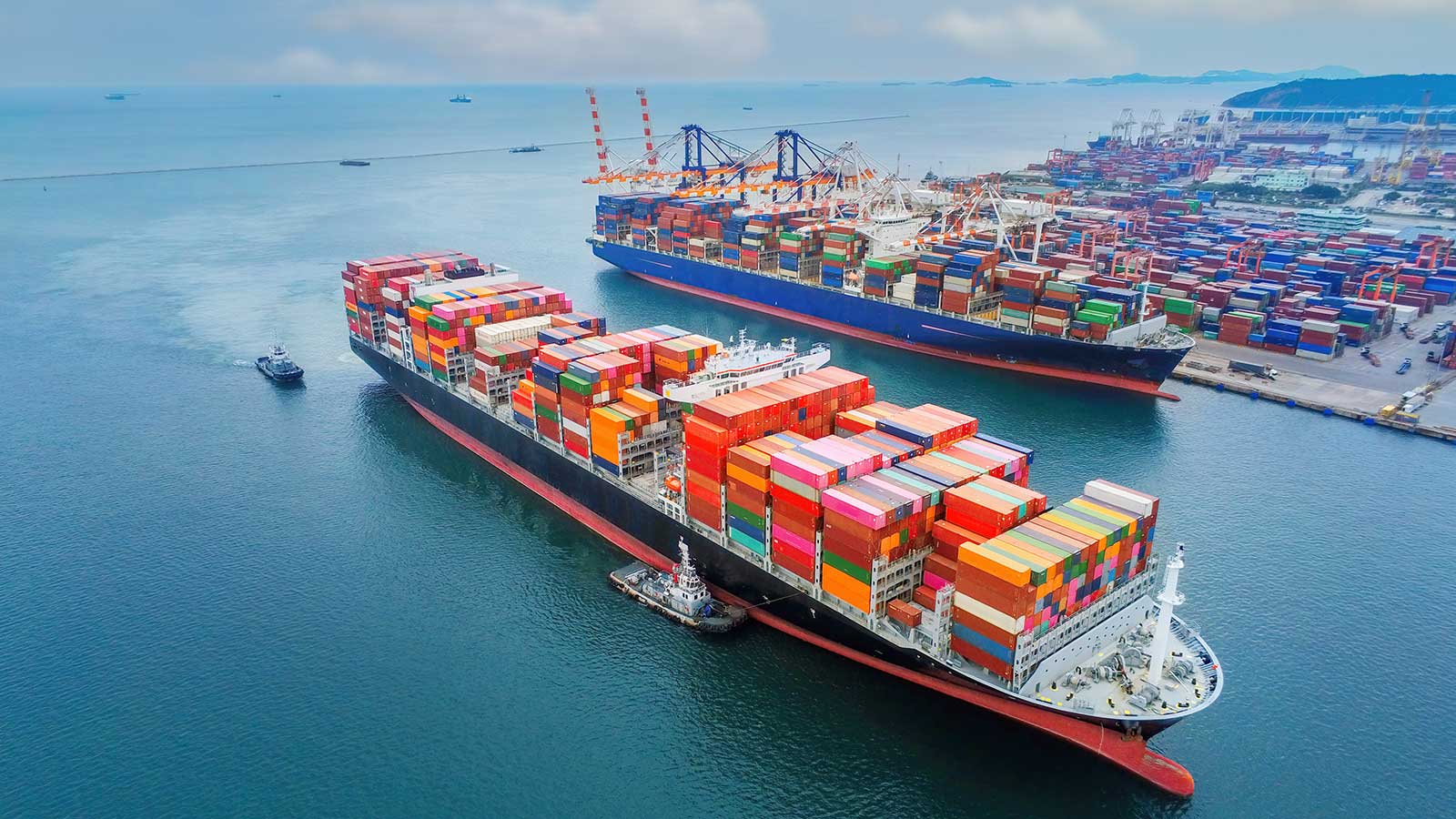Top Five Impacts of Tariffs on Business Tax Returns and What to Do About It
Never miss a thing.
Sign up to receive our Tax News Brief newsletter.

As U.S. trade policies shift and new tariffs take shape, businesses face increasing pressure to adapt. Whether it’s retaliatory tariffs from China or the latest U.S. trade restrictions, these changes impact supply chains, costs and tax strategies. Here’s what you need to know and some ideas on how to prepare.
1. Higher Import Costs = Higher Cost of Goods Sold (COGS)
What’s the impact? When tariffs on imported goods increase, the COGS will inevitably rise as well. If your company is bringing in raw materials, tech components or even finished products, expect a direct hit to your bottom line.
What actions can you take?
- Adjust your COGS: Start factoring in the impact of higher import costs when projecting your inventory and pricing. You might also need to update your inventory method (last in, first out (LIFO), first in, first out (FIFO), etc.) to ensure you’re accurately accounting for price increases and maximizing your tax deductions. However, be mindful of LIFO reserve implications if prices later stabilize or decrease.
- Increase prices if you can: Passing increased costs to customers can be challenging but may be necessary to protect profit margins. It’s important to consider how this could affect customer demand and market conditions.
- Review your supply chain: Do you rely heavily on imports that could be hit by new tariffs? Then explore diversifying suppliers or even reshoring some production to reduce costs.
2. Tax Deductions and Credits: Now is the Time to Maximize
What’s the impact? Higher costs from tariffs could create a silver lining: more opportunities to claim deductions and tax credits. While these additional expenses might hurt your cash flow, they can create opportunities to claim deductions, such as for new equipment or specific tax credits related to industry responses to tariffs.
What actions can you take?
- Leverage Section 179: If you’re investing in new machinery or technology to mitigate the impact of tariffs, you can deduct up to $1,250,000 in the first year. Section 179 of the tax code enables businesses to immediately deduct the cost of qualifying property when it is first put into use, rather than depreciating it over several years. Bonus depreciation is still available also, but it’s down to 40% for 2025.
- Check for industry-specific tax credits: Keep an eye out for tax incentives related to manufacturing, energy or technology sectors that could help offset the increase in operational costs. Hiring employees or having capital expenditures (CapEx) can create various credits or other incentives in certain states.
- Use the research and development (R&D) tax credit: If your company is investing in new U.S.-based processes or products in response to tariffs, the R&D tax credit could provide a significant reduction in taxes. Even small improvements to your operations or product line may qualify.
- Capital investment incentives: Investing in capital assets, such as buildings or upgrading facilities, may provide you with additional deductions or credits depending on the state or local incentives available. Many states offer tax credits or exemptions for investments in specific infrastructure improvements.
- Hiring and employment tax credits: If you’re expanding your workforce to address the challenges resulting from higher import costs, hiring employees in certain sectors or geographical areas could qualify you for federal or state-based employment tax credits, such as the Work Opportunity Tax Credit (WOTC) or Empowerment Zone Credit.
3. Transfer Pricing and Foreign Tax Credits (FTC)
What’s the impact? For companies operating outside of the U.S., reciprocal tariffs will impact their transfer pricing models. If tariffs on imports or exports rise, you may need to adjust your intercompany pricing to ensure it aligns with new costs structures.
What actions can you take?
- Update transfer pricing models: Stress test existing transfer pricing policies to understand the impact of increased tariffs. Also, evaluate transfer pricing implications of potential alternative supply chain arrangements that may optimize tariff impacts. Operating models optimized for tariff impact should always align with arm’s length transfer pricing policies. Deviations could trigger Internal Revenue Service (IRS) or foreign tax authority scrutiny.
- Track value-added tax (VAT) and claim foreign tax credits: Don’t forget to track any VAT or foreign taxes that have been paid. These taxes could be eligible for foreign tax credits that can reduce your overall U.S. tax liability and prevent double taxation.
4. Indirect Tax Impacts and Considerations
What’s the impact? As tariffs push up the price of your imports, the taxable base will be higher, increasing the amount of indirect taxes imposed on the goods sold. This will affect pricing models and likely lead to higher tax obligations.
What actions can you take?
- Update your sales prices: Factor in any new tariffs when adjusting the price of goods. If you’re charging indirect taxes on goods sold, ensure the taxable base is updated, so the taxes are calculated correctly. If your price increases push sales above certain state thresholds, be mindful of economic nexus rules that could trigger additional sales tax obligations in jurisdictions where you previously had no sales tax collection and filing requirement.
- Ensure compliance: Stay on top of indirect tax changes in the jurisdictions where you do business. A few examples of indirect tax responsibilities include collecting customer exemption certificates, collecting tax on the sale of taxable items and filing tax returns in the jurisdictions where nexus has been established.
5. Customs Duties and Trade Financing: Prepare for a Bigger Bill at the Border
What’s the impact? With reciprocal tariffs coming into play, custom duties are also likely to rise. This will affect both your cash flow and your trade financing arrangements, making it essential to plan for these additional costs.
What actions can you take?
- Track customs duties: Make sure you are reporting customs duties correctly. Keep records of all costs paid as these are deductible expenses.
- Review your financing arrangements: You may also need to renegotiate terms with lenders or suppliers to manage the cash flow impact of these higher duties.
- Duty drawback programs: Explore these programs if your company imports goods but later exports them. This could help recoup significant costs that may include up to 99% recovery of duties paid on certain imported goods.
What You Should Do Now
- Run cost scenarios: Run “what if” planning to see how different rates will affect your margins, pricing and tax positions.
- Review your contracts: Contract terms can offer different pricing methods and dictate who pays for tariffs. Negotiating new contracts with beneficial terms could alleviate some of the burden.
- Don’t wait for certainty: While there are still unknowns, don’t wait for all the details. Proactively take action to adjust your strategies and prepare for changing conditions.
Talk to Your Certified Public Accountant (CPA): Don’t let the tariff adjustments catch you off guard. Act now to stay ahead of the curve. Keeping up with trade policy changes and their tax implications is critical to safeguarding your business. With so many moving parts, we can help to ensure that you’re maximizing deductions, staying compliant and adjusting your financial strategies to adapt to the impact of tariffs. Contact us today.
©2025

